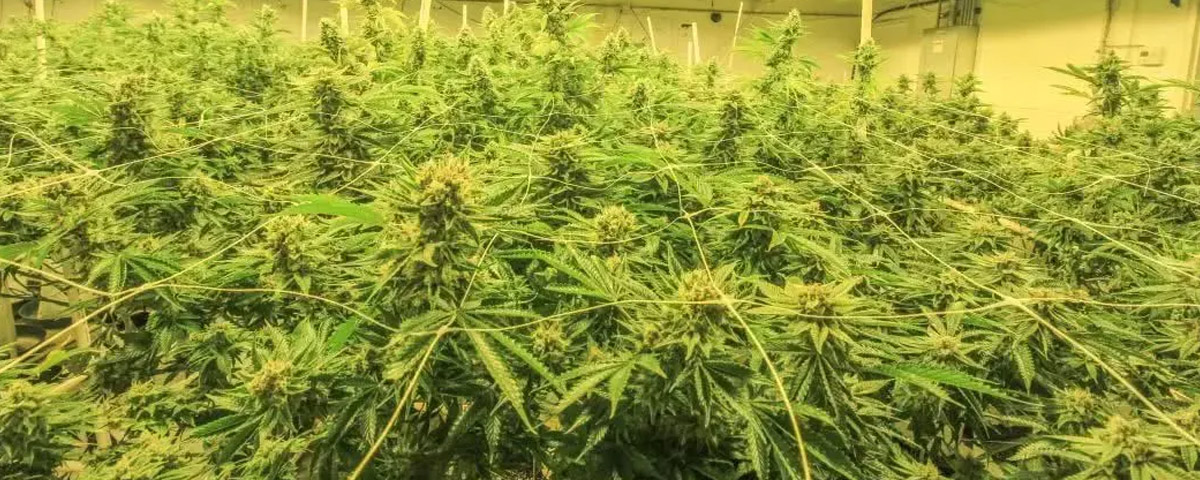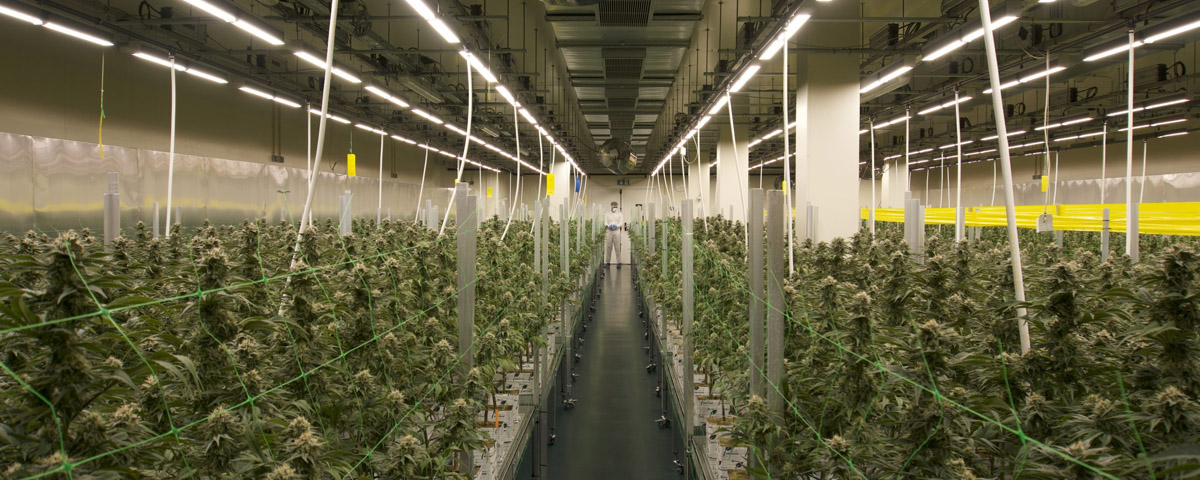Light is essential for plant growth. This is well known, but have you ever wondered if natural light is really enough? Have you ever thought about what happens to plants when natural light becomes unstable?
1.The relationship between light and plant growth
Plants convert light energy into chemical energy through photosynthesis, which promotes growth and development. Natural light is the key to plant growth. But is natural light always sufficient?

2.Limitations of natural light
The gift of natural light is not always constant and sufficient. Short sunshine in winter, scorching heat in summer, or a day of continuous rain. These changes in natural light make indoor growing particularly complicated. This instability—the change of seasons, the change of weather, and the limitations of geographical location—force us to look for alternatives to break this bondage.
So, plant grow lights came into being. Not only do they supplement the lack of natural light sources, they also open up a new path to control and optimize the plant growth environment.
3.Plant grow lights
Have you ever wondered what our indoor growing industry would be like without plant grow lights? Planting methods that rely on natural light are not only unstable, but also greatly affected by weather and seasons. The advent of plant growth lights is precisely the solution to this headache.
Why use plant growth lights?
These lamps provide a stable and controllable light source.
Whether it is sunny or rainy outside, growth lights can give you the light you want. Modern growth lights can even simulate the spectrum of natural light and customize the spectrum according to the needs of specific plants. For example, in the cultivation of marijuana, different growth stages require different light. With growth lights, you can accurately provide the right lighting conditions to make marijuana grow healthily and increase yields.
So, what is the magic of these growth lights?
Studies have shown that certain types of plant growth lights can improve the efficiency of photosynthesis. In particular, LED growth lights can increase the photosynthesis rate by 15-20% compared to natural light at specific wavelengths (blue light: 400-500 nanometers, red light: 600-700 nanometers).
Let's talk about the growth cycle. Indoor plants using plant growth lights usually have a shorter growth cycle than plants grown under natural light. Some varieties of tomatoes and peppers can shorten the growth cycle under growth lights by about 25% compared to natural light.
What about yield?
Under optimized LED lighting conditions, leafy vegetables can produce 30-50% more yields than under natural light. That's real data.
Some people ask, what about water and nutrient consumption?
Plants using grow lights use water and nutrients more efficiently in a controlled environment. Studies have shown that plants using grow lights use water 10-15% more efficiently than plants grown under natural light. What does this mean? Saving water and fertilizer while increasing yields is a boon for growers.
What about quality?
Under specific wavelengths of artificial light, plant quality, such as color, aroma, and taste, can also be improved. For example, some types of herbs have richer aroma components when grown under a mixture of blue and red LEDs than under natural light.

In the field of modern cultivation, especially in cannabis cultivation, plant grow lights have become an indispensable tool. By providing stable and controllable light, grow lights not only optimize plant growth conditions, but also increase the flexibility and efficiency of cultivation. Plant grow lights and natural light each have their own advantages. However, for indoor cultivation that requires precise control of light conditions, especially for special plants like cannabis, high-quality plant growth lights are undoubtedly a better choice.
Click the dialog box below to get more information and professional advice on cannabis cultivation technology to help you optimize the cultivation process and achieve more efficient results.























